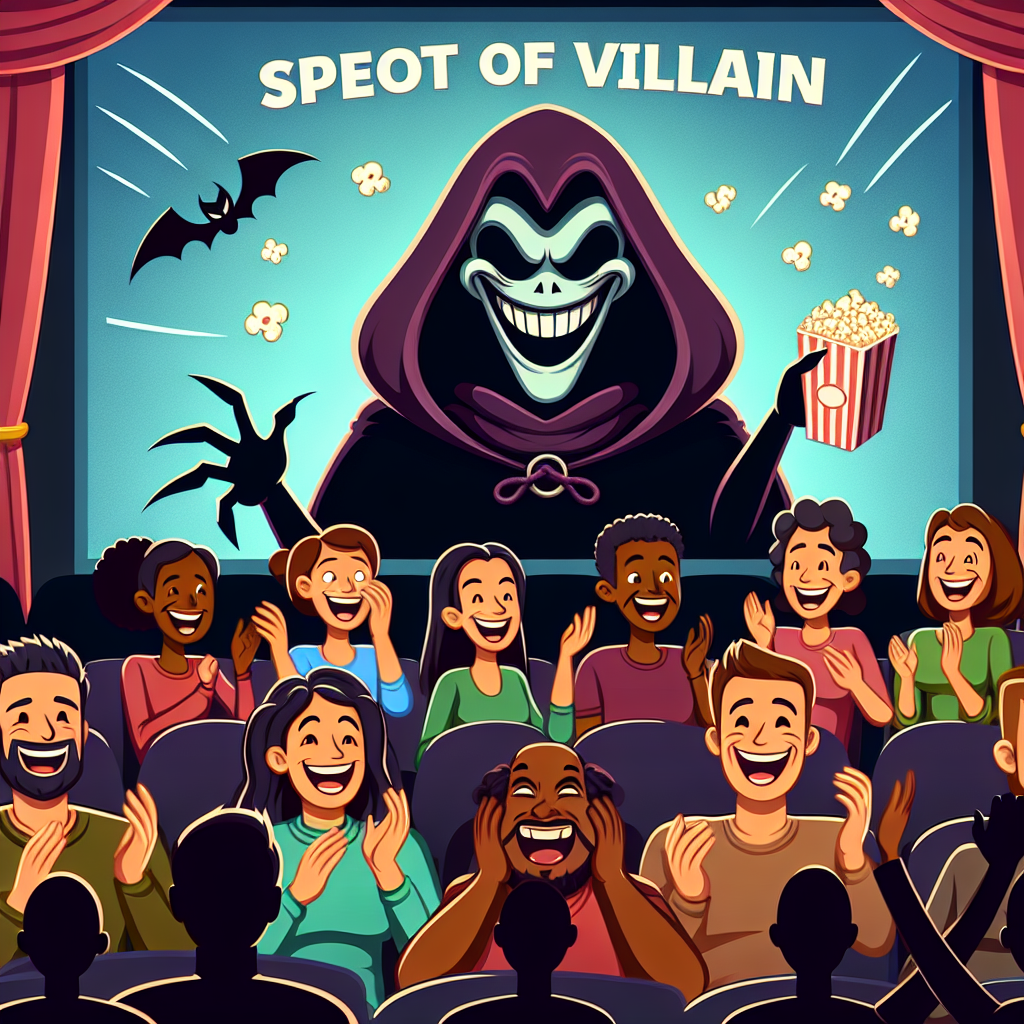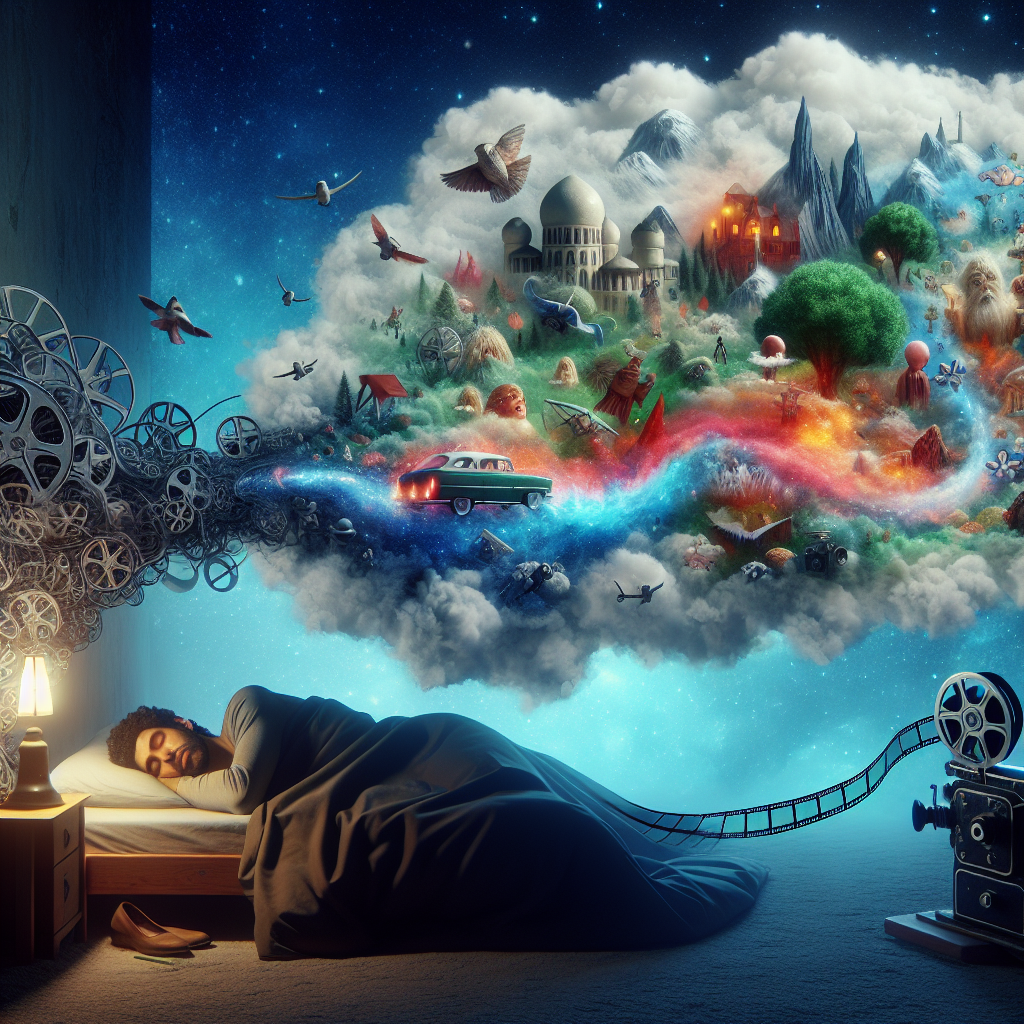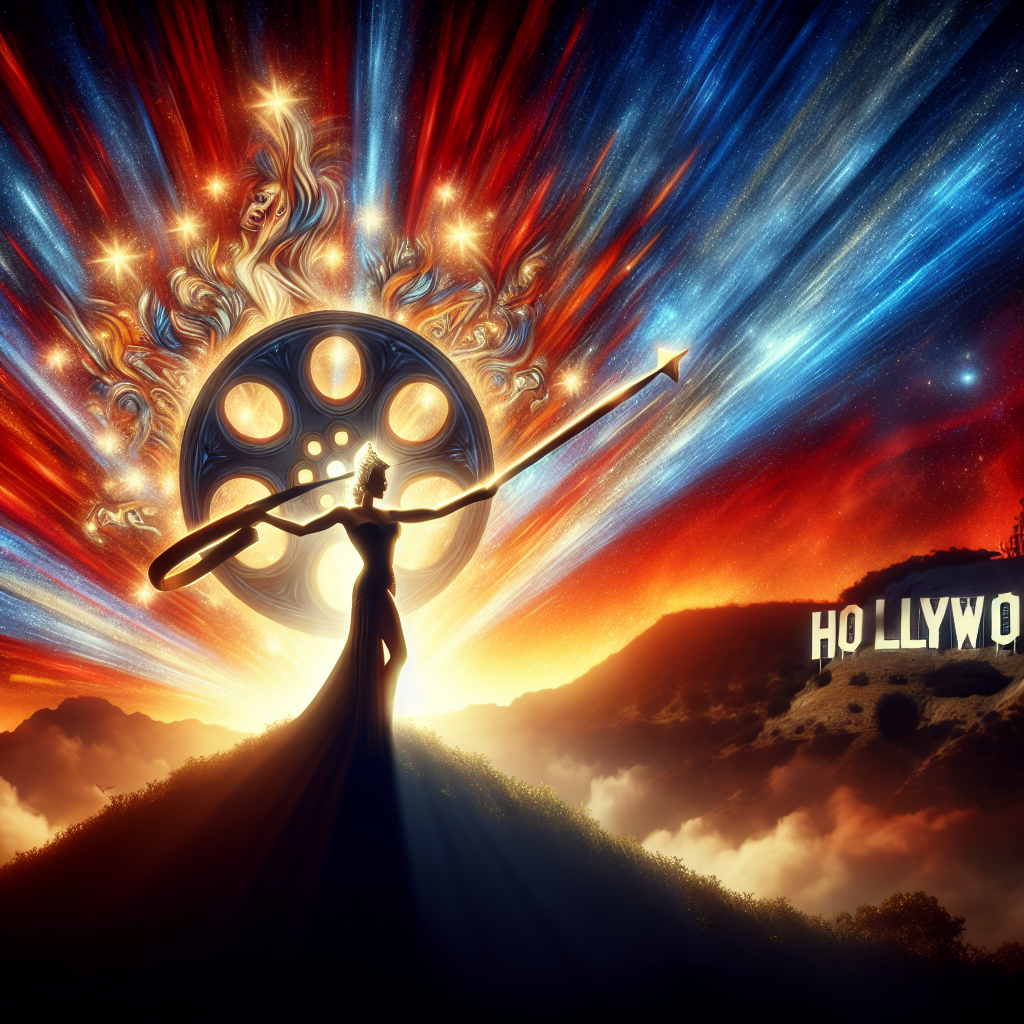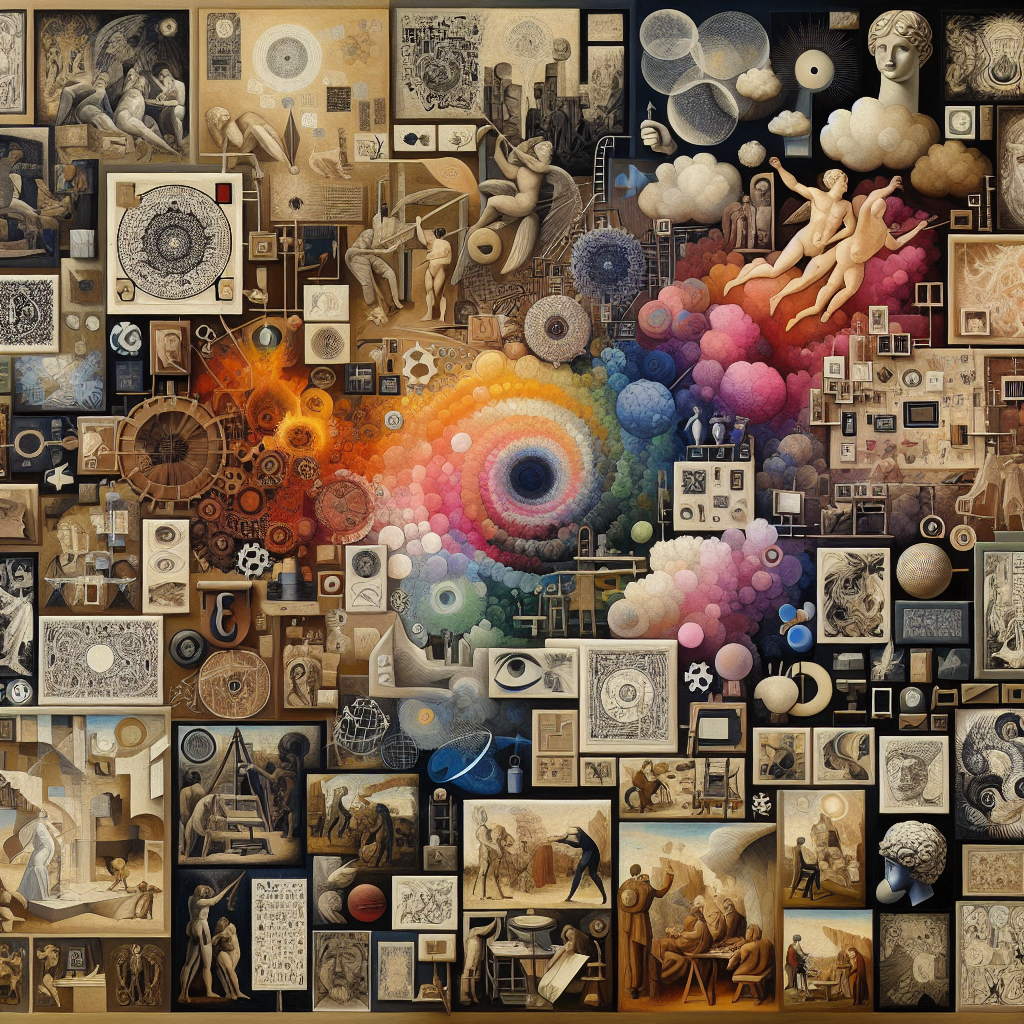It’s one of cinema’s most fascinating paradoxes: sometimes, the villain steals the audience’s heart more than the hero ever could. From Darth Vader’s commanding presence to the Joker’s chaotic charisma, certain antagonists linger in our minds long after the credits roll. But what makes a character designed to be despised end up adored instead? The answer lies in psychology, storytelling, and the magnetic allure of rebellion.
To start, villains are often written with far more complexity than their heroic counterparts. Heroes tend to follow moral codes, which can make them predictable and, at times, even dull. Villains, on the other hand, are freed from such constraints. They can lie, manipulate, and break every rule in the book—all in pursuit of something they believe in. That conviction, twisted as it may be, gives them depth. Think of Thanos, who genuinely believed wiping out half of all life would save the universe. His logic was horrifying, yet strangely coherent. That’s part of why audiences found him fascinating rather than flatly evil.
Another reason villains captivate us is because they embody the forbidden parts of ourselves. The things we suppress—anger, ambition, desire for control—are unleashed through them. When we watch a character like Hannibal Lecter, who exudes intelligence and eerie calm even while committing atrocities, we’re drawn to his mastery of the dark side. It’s not approval—it’s fascination. Villains act out impulses we’d never dare to, yet we can’t look away because, deep down, we recognize the same emotions driving them.
Then there’s the charisma factor. Great villains don’t just do evil—they make it look good. They have style, wit, and confidence that heroes often lack. Consider Loki in the Marvel Universe: clever, mischievous, and unapologetically himself. He’s not righteous, but he’s real in a way that feels human. The same could be said of Heath Ledger’s Joker, whose chaos revealed uncomfortable truths about human nature. Charisma blurs moral lines, making audiences root for the person who, technically, they shouldn’t.
Storytelling also plays a big role. Many modern films and series have shifted from black-and-white morality to gray areas, giving villains tragic or understandable backstories. We learn that Magneto’s hatred of humanity was born from surviving the Holocaust, or that Maleficent’s fury came from betrayal. When we understand why someone turned evil, it changes our emotional response. Suddenly, we’re not just witnessing destruction—we’re witnessing pain, vengeance, or justice in their own distorted view.
Interestingly, heroes themselves can become less relatable over time. The classic, morally perfect hero archetype—think Superman or old-school Disney princes—feels outdated to audiences who live in a morally complex world. Today’s viewers crave authenticity, not perfection. They’re drawn to characters who reflect real-world struggles, contradictions, and emotional wounds—even if those characters wear the mask of the villain.
There’s also an artistic side to this phenomenon. Villains often get the best lines, the most striking costumes, and the most memorable scenes. They challenge the hero, and by doing so, challenge the story itself. Without them, there would be no journey, no growth, no tension. In a sense, the villain is the narrative’s true catalyst—its spark of life.
In the end, our love for villains doesn’t mean we condone their actions. It means we recognize the humanity beneath the horror. They remind us that good and evil aren’t always separate forces—they often coexist in the same person, sometimes even in ourselves. Perhaps that’s why we cheer for them, quote them, and remember them long after the hero’s happy ending fades from memory.
So, the next time you find yourself rooting for the bad guy, don’t feel guilty. You’re just responding to what cinema does best—holding up a mirror to human nature, in all its beautiful, dangerous, and deeply fascinating complexity.




